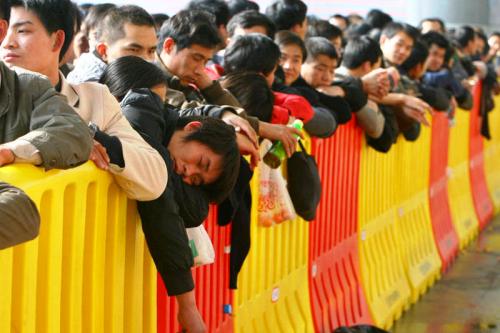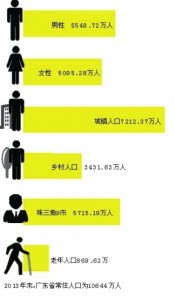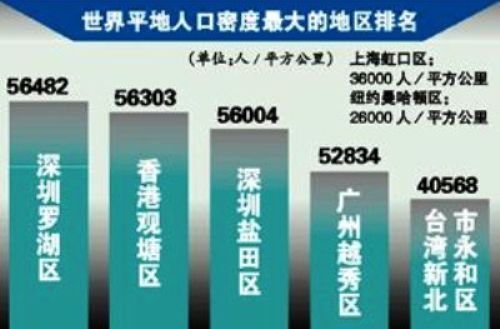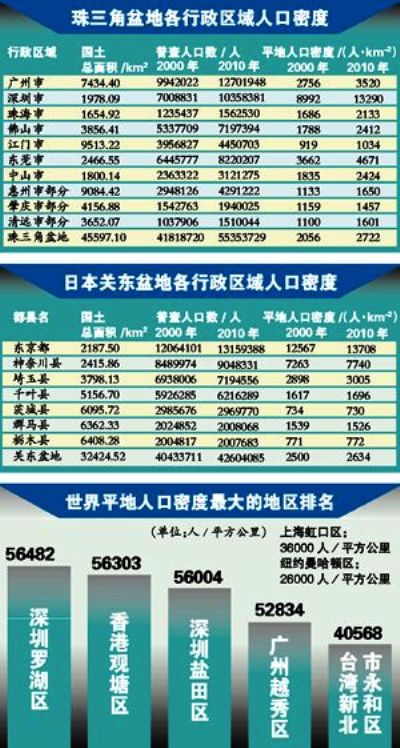Guangzhou Home to Largest African Expat Population in Asia, Many Illegal
Posted: 09/1/2014 4:08 pmThe African community residing in Guangzhou is now the largest in Asia, which is presenting another set of problems for Chinese immigration agents: up to half of the Africans in the city are apparently there illegally, according to a study released by the Guangzhou Developmental Academy of Guangzhou University.
The study, released last week, said Guangzhou is now home to more than 200,000 people from Africa, but up to half of them are sanfei foreigners or “three illegals”; that means they either illegally entered, are staying or working illegally in China.
In 2007, Guangdong authorities arrested 7,000 sanfei foreigners and detained more than 700 people. In 2008, the number swelled to 13,000, of which “Africans account for a large share”, the report said. The crime rate among the sanfei foreigners has been on the rise, and the report claims drug-related crimes alone accounted for nearly 60 percent.
As well, the study linked the city’s African community with “mass incidents”, a euphemism for protests, and other social vices including rape, AIDS and childbirth out of wedlock that “affect Guangzhou residents’ social life and the city’s social stability”.
On the flip side, African immigrants have contributed to the city’s burgeoning economy, and are heavily involved in business and trade with their home countries. Many have married Chinese wives and plan to stay long term.
In 2012, a large-scale protest erupted in the city after a Nigerian man died mysteriously in police custody. In mid-July of 2009, hundreds of Africans protested in front of a police station in Guangzhou after a Nigerian man jumped from second floor to escape a surprise immigration raid.
Africans first started to immigrate in large numbers to the city in the 90s drawn by Guangdong’s manufacturing industries. Clustering in Xiaobei Road, Huanshi Road and Sanliyuan, many Africans buy cheap clothes and electronics and export them to Africa.
Related:
















